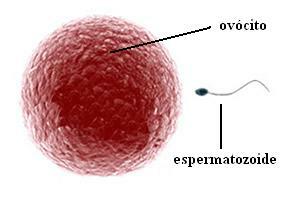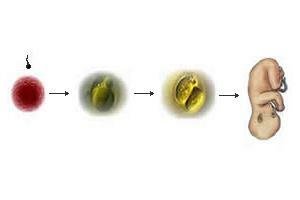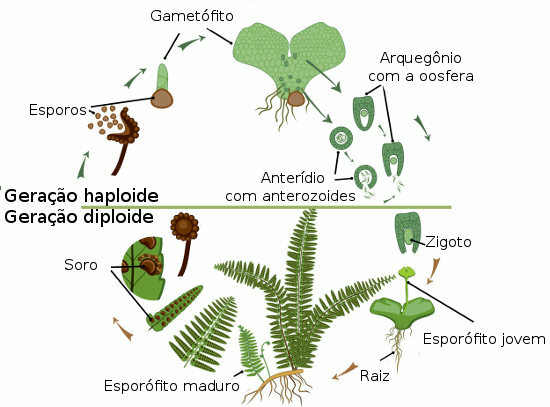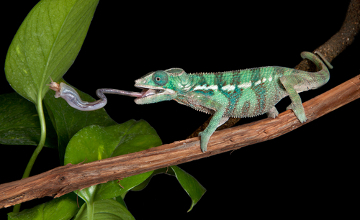Descent is a name we give to children, grandchildren, great-great-grandchildren, in short: to children and relatives who were born from a living being. Thus, the children of a couple are their descendants; as well as their grandchildren, and all subsequent generations.
When the relationship is opposite, that is, when we talk about a person's parents, grandparents, great-grandparents, great-grandparents, etc.; we consider all of them to be her ascendants. In this way, your parents are your ancestors, as are your grandparents, as they are your parents' parents, and so on.
As the ascendants and descendants of a living being are all related, they tend to look alike.. That is why, many times, when a baby is born, we can identify characteristics of its relatives in it, such as, for example, a chin similar to the grandfather's; the eyes, with the mother's; and the smile just like her father's.
These similarities happen because every living being, when it begins its formation process, receives characteristics of its parents through its cells. In the case of many species, like ours, they receive one cell from the mother and one from the father.
In humans, the mother's cell is called the oocyte and the father's cell is called sperm. The oocyte and sperm are called gametes. Like many other cells, gametes are so small that to be seen, we need to wear special lenses, or devices called microscopes.

Through a process called reproduction, the gametes unite, forming a single cell: the zygote.

The zygote begins to divide and change, gradually forming a baby. In approximately 288 days, the child is born!

By Mariana Araguaia
Biologist, specialist in Environmental Education
Kids School Team



